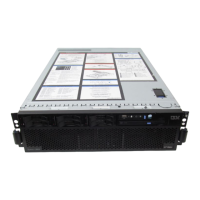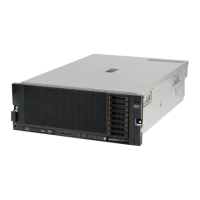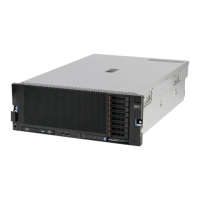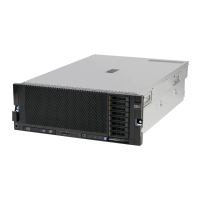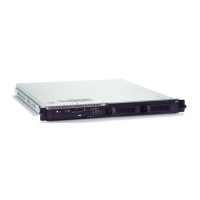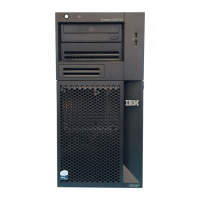Chapter 7. Management 201
7.2 Integrated Management Module II (IMM2)
The Integrated Management Module II (IMM2) offers these overall features and functions:
Provides diagnostics, virtual presence, and remote control to manage, monitor,
troubleshoot, and repair from anywhere.
Securely manages servers remotely, independently of the operating system state.
Helps remotely configure and deploy a server from bare metal.
Auto-discovers the scalable components, ports, and topology.
Provides one IMM2 firmware for a new generation of servers.
Helps system administrators easily manage large groups of diverse systems.
Requires no special IBM drivers.
Works with IBM Systems Director to provide secure alerts and status, helping to reduce
unplanned outages.
Uses standards-based alerting, which enables upward integration into a wide variety of
enterprise management systems.
In general, there are two methods to manage an IMM2:
Out-of-band management: All management tasks are passed directly to the systems
IMM2 via a network connection. No drivers are required for the IMM2, because it is
configured with its own IP address and is connected directly to the network.
In-band management: All management tasks are passed to the system using the
operating system installed on it. The tasks can apply to the operating system, or they can
apply to the IMM2 that is installed on the system. If the tasks are to be passed to the
IMM2, the relevant operating system driver must be installed for the IMM2.
In the following section, we look at both the out-of-band and in-band initial configuration.
7.2.1 Configuring IMM2 for out-of-band-management
The IMM2 for the X6 server can be managed over one of two ports:
The dedicated system management port on the rear of each chassis.
This dedicated port allows the IMM2 to be connected to an isolated management network
for improved security. This is the default.
Port 1 on the installed ML2 Ethernet adapter. The IMM2 shares the ML2 adapter slot for
access to one of the adapters Ethernet ports with the operating system.
Using a port that is shared between IMM2 and the operating system eliminates the need
for an extra port on your network switch. See 5.1.4, “IMM2 dedicated versus shared ML2
Ethernet port” on page 135 for additional information.
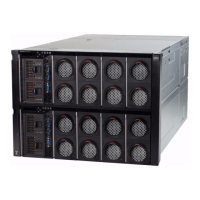
